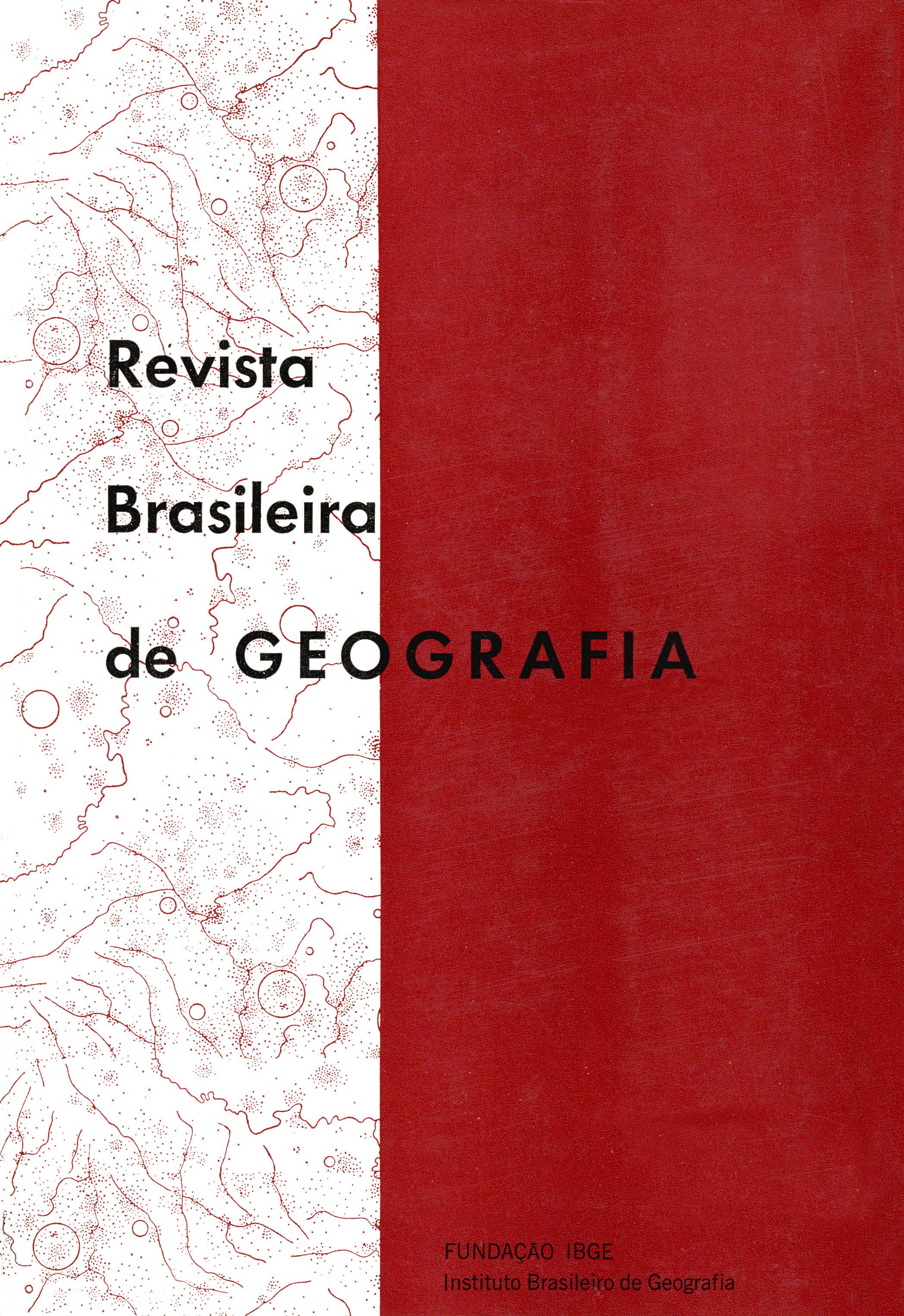Análise dinâmica da precipitação pluviométrica na região serrana do Sudeste do Brasil, especialmente na Serra das Araras
Palavras-chave:
Rio de Janeiro - Estado, Araras, Serra das - RJ, Brasil, Sudeste, Precipitação - Meteorologia, ClimatologiaResumo
The Southeast of Brazil is a region of remarkable pluviometric yearly rates. Its spacial distribution however shows the most noticeable contrasts: the coastland and highland areas, from the south of Espírito Santo to the south, of São Paulo, are much more rainy than the hinterland and the mountain valleys. The Paraíba do Sul valley, in the southeast highland region is a conspicuous example.
Elapsing from its tropical condition the seasonal development of the precipitation is characterized by its intense concentration: the summer is usually much rainy and the winter is dry or little wet.
From this condition is yet derived that both the total yearly precipitation, or the yearly rhythm of precipitation have great variability from a year to another.
Considering that the studying area, or the highland region is comprised in Southeast Brazil, it take part of all characteristics mentioned above, which are determined by the static or geographical factors and by the dynamic factors of atmosphere.
The principal static factors are its tropical position in the western border of the ocean, strong concentration of condensations nucleus in the low strata of atmosphere and its rough topography, while the high frequency of the polar fronts and tropical instability lines make the main dynamic factors.
From the static factor is originated an extraordinary predisposition to abundant precipitations which occur chiefly in the summer, with the arrival of such dynamic discontinuities, amongst which the polar front is the most important.
Ali these factors are present in the eastern belt of the Southeast Region, but they act with more intensity on the studied area than on the others. By this reason the summer in the highland region of the Southeast, beside being normally much rainy, their precipitations are characterized by heavy concentration/hour. In such summer is much higher the daily occurrence of rain.
What happened in 1966/67 summer was considered as one of the best examples of excessively rainy season, when several waterspouts were recorded on the mountainous region, chiefly during the months of December and January, among which should be mentioned the shower on Serra das Araras in the night of January 22/23, 1967, whose analysis composes the main topic of the fourth part of this work.
This phenomenon, however, shouldn't be considered as an anomaly, or even an extraordinary event, because it often occurs in the southeast highland region, but their serious consequences caused a great effect.






